I’ve been wanting to visit Tiritiri Matangi Island for a long time and our recent trip up to Auckland for the Elbow concert gave us a perfect opportunity. It’s possible to visit the island as part of a day trip but we decided to stay the night. There is a DOC managed bunk-house on the island where anyone can stay (so long as there is a bed available) and so we had duly booked ourselves in with fingers crossed for good weather.
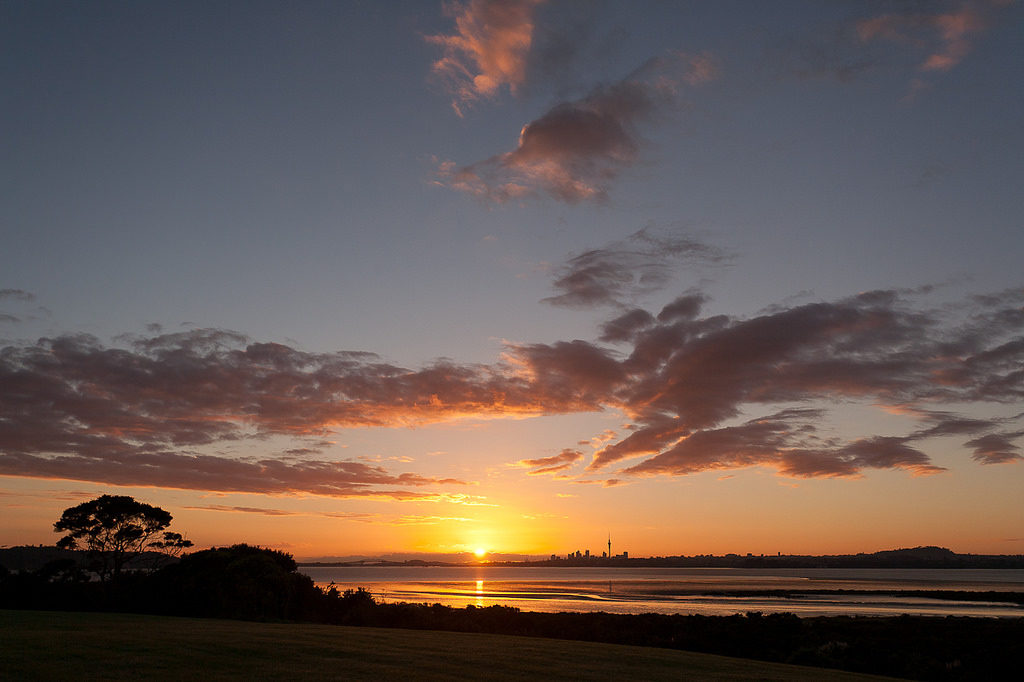 Photo by Brendon & Keryn
Photo by Brendon & Keryn
The day dawned beautifully and the weather stayed great for the whole time we were on the island. Bio-security is taken seriously by DOC and we had made sure our bags were securely packed with no unexpected companions such as mice hiding anywhere. We were nice and early for the ferry from Gulf Harbour at the end of the Whangaparaoa Peninsula. It wasn’t too long before we were all aboard the ferry and heading over to the island. Upon arrival we loaded our bags into the DOC ute and were then given a welcome followed by a brief run through of what we could see and do during our visit. There were three others staying in the same bunk room as us, an Australian woman who now lived in Auckland and her parents who were visiting from Western Australia.
We had booked an introductory guide of the island and the five of us were given a guided walk along the Wattle Track from the wharf up to the Lighthouse. We learnt a few things about the island and the recovery work that has taken place over the years and got to see some of the wildlife as well. My main aim was to see and hear kokako. The last time I had heard kokako was on a Junats camp many years ago where we had gone out early one morning to a place near Pirongia where some birds had been heard. I still remember the haunting call coming out of the trees on a damp and misty morning, though I don’t recall ever seeing a kokako.
Once we had been shown around the bunk-house and claimed some beds we were off on our own to explore the island. Our afternoon walk saw us heading out on the East Coast Track, crossing back through the centre of the island somewhere around Pohutukawa Cove and then walking down the Cable Road track to Hobbs Beach and then back up towards the bunkhouse. Tiritiri is an island full of birds and we saw plenty of korimako, tui, kakariki, tieki, toutouwai and hihi. Nearer the lighthouse there were takahe slowly moving around and cropping grass in small groups, often to be found with a few pukeko nearby as well.
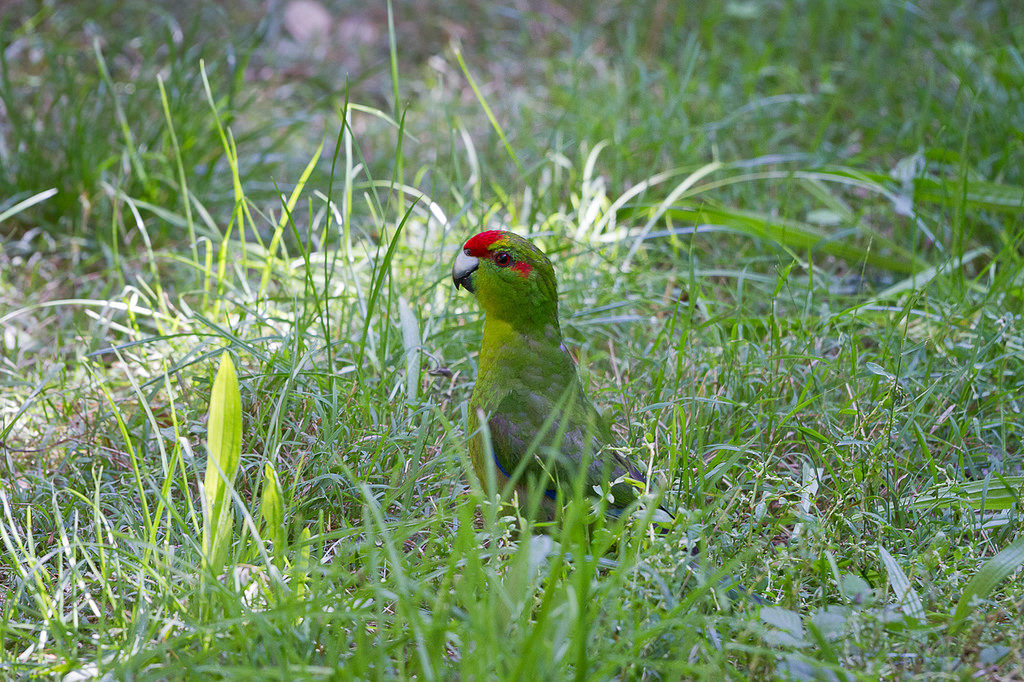 Photo by Brendon & Keryn
Photo by Brendon & Keryn
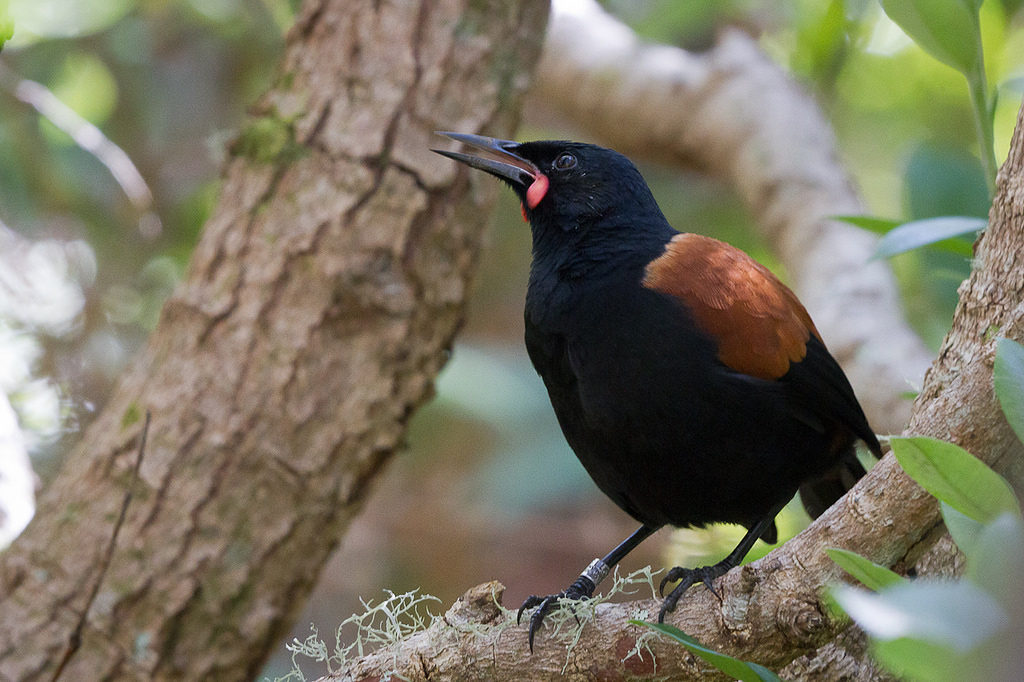 Photo by Brendon & Keryn
Photo by Brendon & Keryn
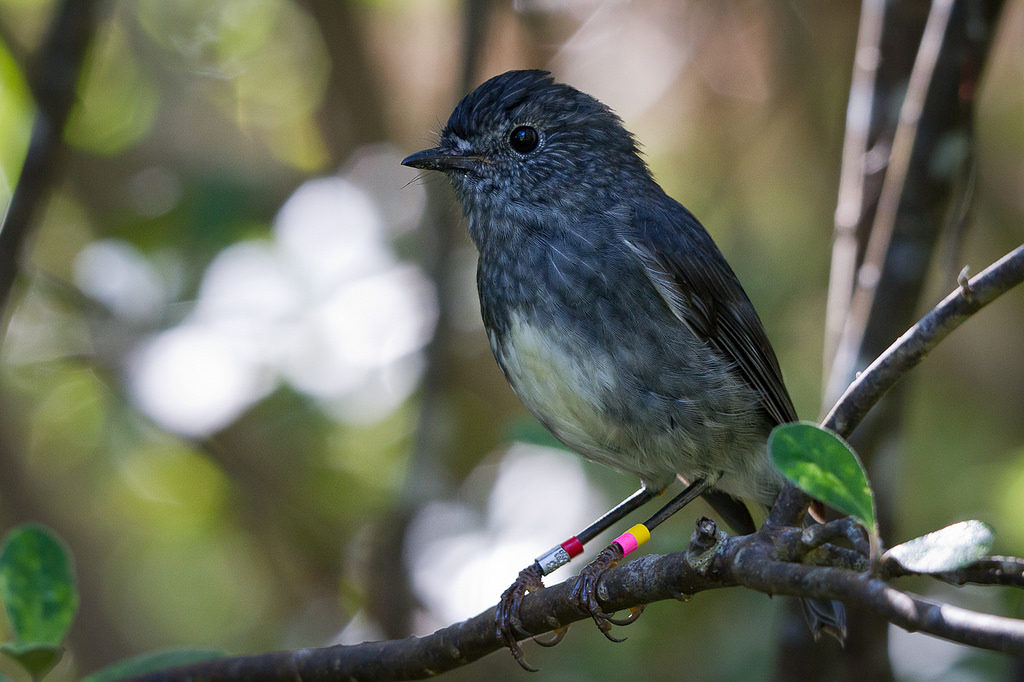 Photo by Brendon & Keryn
Photo by Brendon & Keryn
We got lucky as we walked down Cable Road, Keryn spotting some bigger birds ahead in the grass. We approached slowly and got to watch a pair of kokako enjoying themselves over a meal of grass. We edged closer and eventually the pair hopped off the track and into the forest, but we were thankful just to have seen them and actually get a good look as well. Further along the track we came across a small family group of brown quail, moving around in the undergrowth when they thought we couldn’t see them.
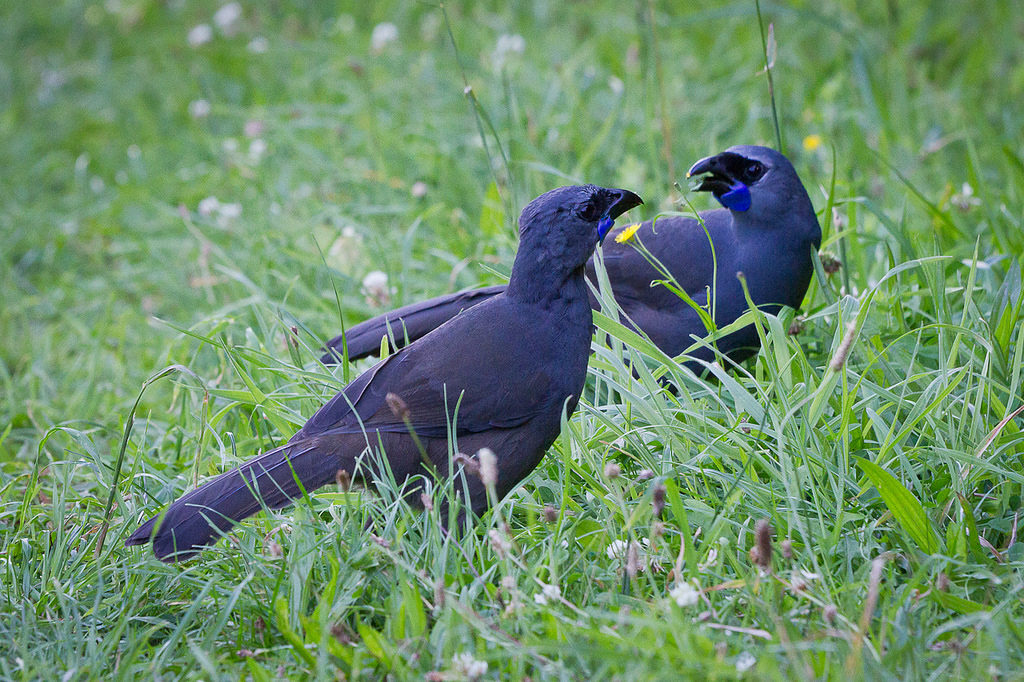 Photo by Brendon & Keryn
Photo by Brendon & Keryn
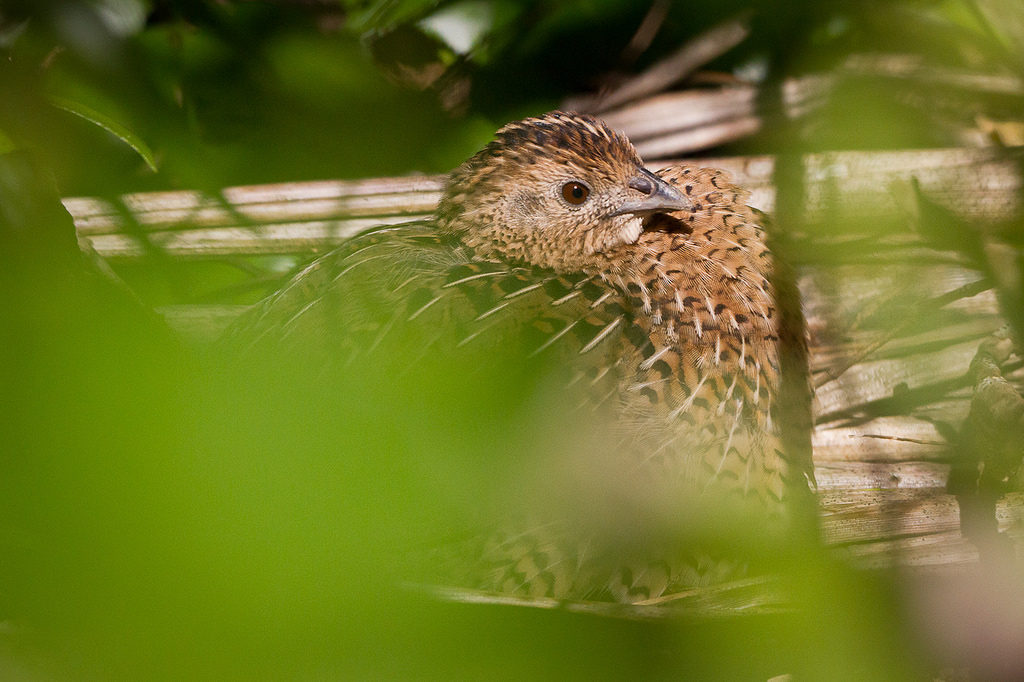 Photo by Brendon & Keryn
Photo by Brendon & Keryn
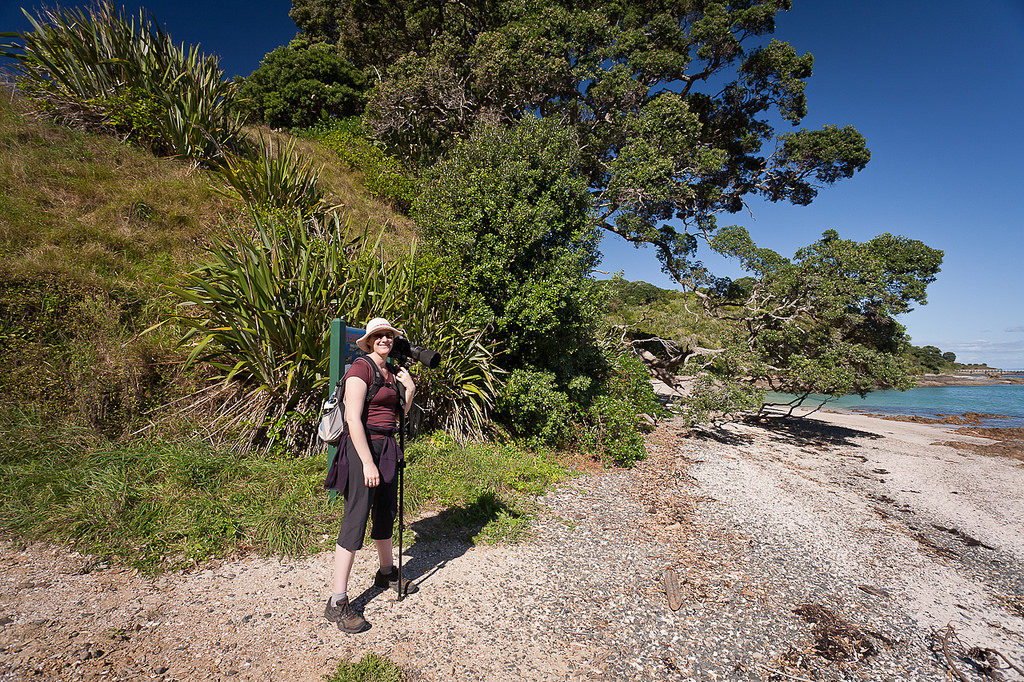 Photo by Brendon & Keryn
Photo by Brendon & Keryn
We arrived at Hobbs Beach and had a good look at the large pohutukawa hanging over the small cliffs. The sea was calm and turquoise, the sun beating down and really there wasn’t anywhere we would rather have been. Walking back up the Wattle track we stopped at each of the small water troughs set up to give the birds somewhere to wash. There were also a nectar feeding station that was frequented by dozens of hihi and bellbird that spent more time chasing each other around in territorial gamesmanship than actually feeding.
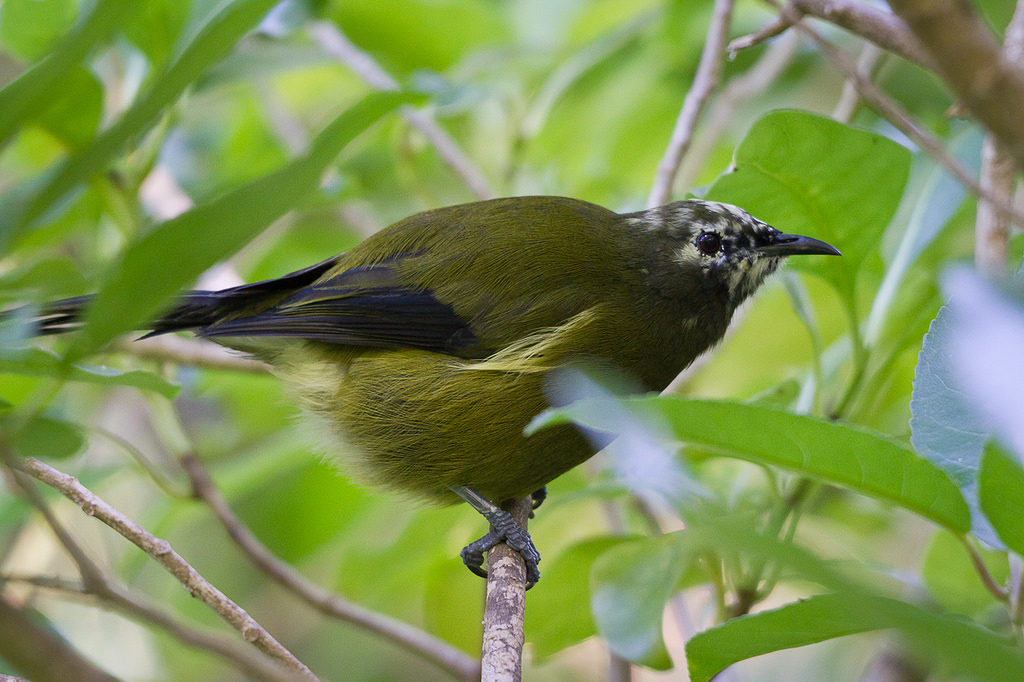 Photo by Brendon & Keryn
Photo by Brendon & Keryn
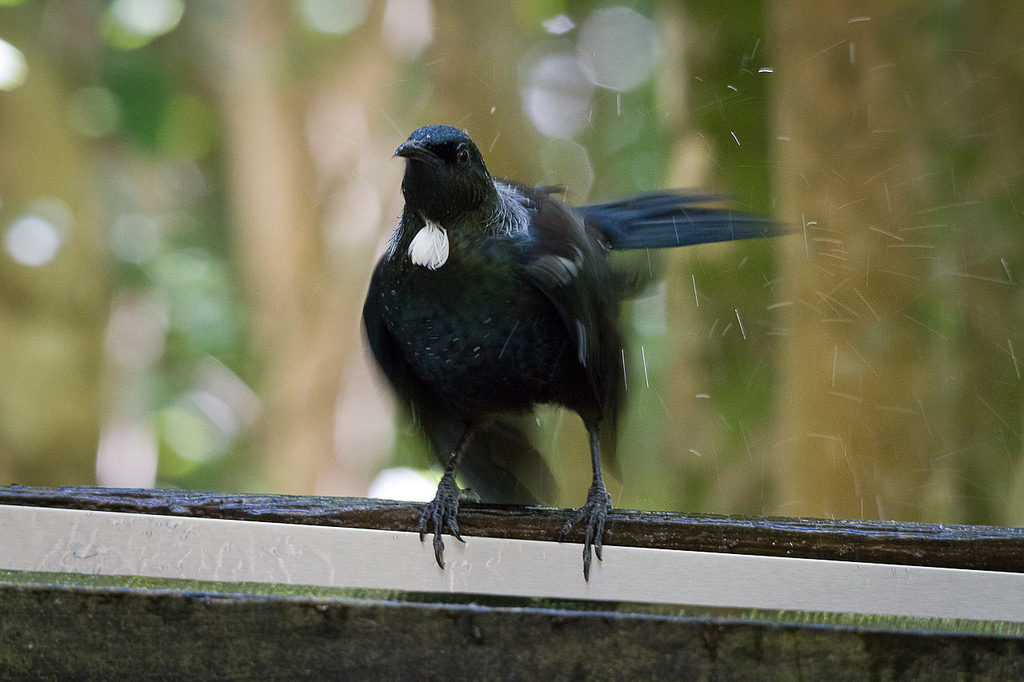 Photo by Brendon & Keryn
Photo by Brendon & Keryn
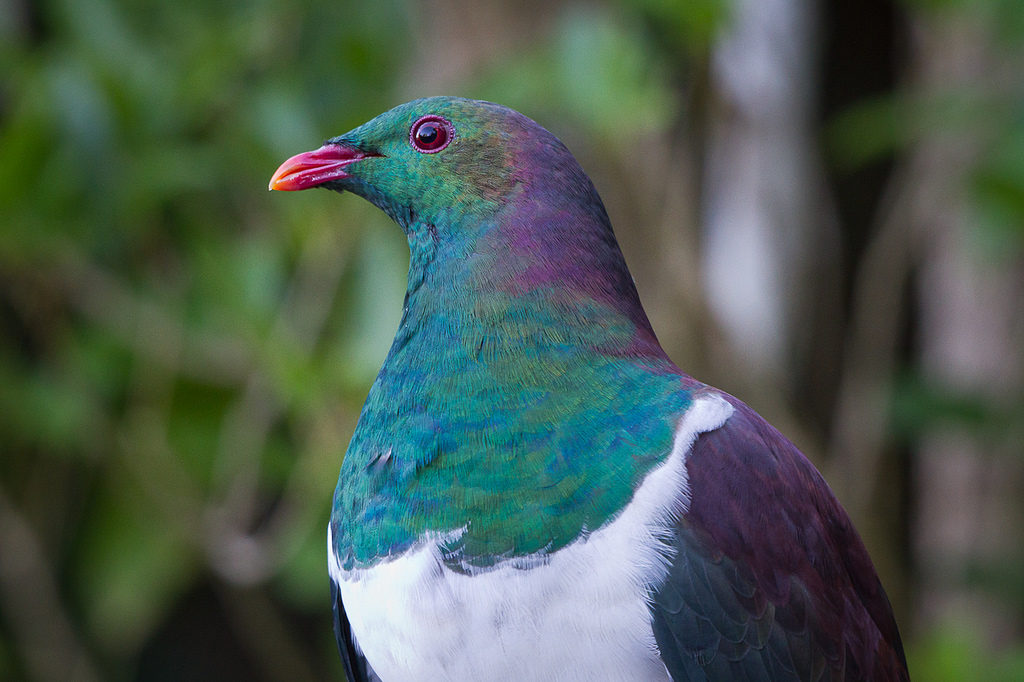 Photo by Brendon & Keryn
Photo by Brendon & Keryn
The sky stayed clear into the evening. We made dinner in the bunk-house kitchen and I headed out to get some sunset shots. As the evening headed towards night I started noticing the stars and this far from the lights of Auckland the milky way was clear. I started playing with some longer exposures using the lighthouse as a focus point and got some good shots. Plenty of experimentation to come I think.
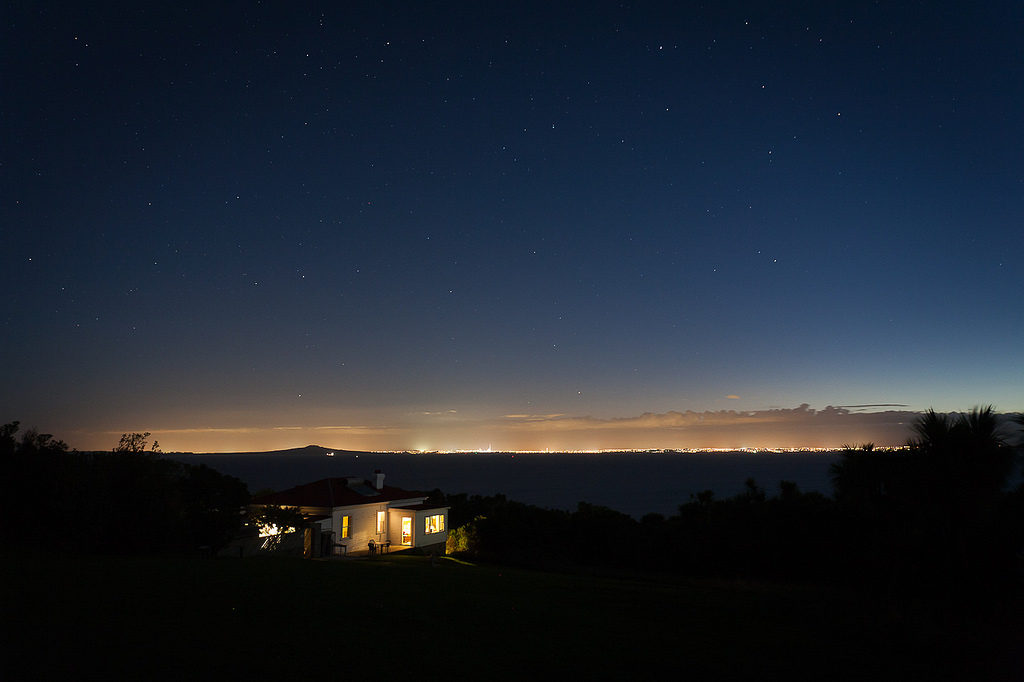 Photo by Brendon & Keryn
Photo by Brendon & Keryn
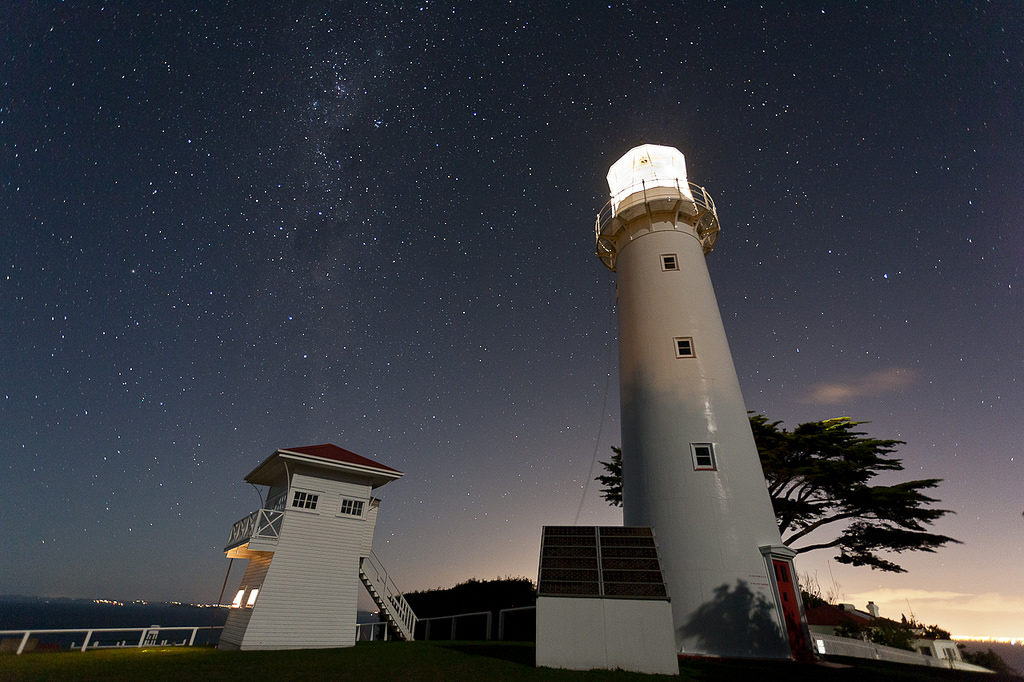 Photo by Brendon & Keryn
Photo by Brendon & Keryn
We then spent an hour or so walking around looking for kiwi and eventually found one by accident. Keryn was walking ahead of me and as I swung my torch around I noticed a kiwi no more than a meter from Keryn. Unfortunately the kiwi was spooked a little and rushed off further into the undergrowth but we still got to see it wandering around for a while in amongst the trees. Our kiwi sighting was a nice end to a good day.
The next morning I was up early for some more sunrise shots, walking back along the East coast Track.
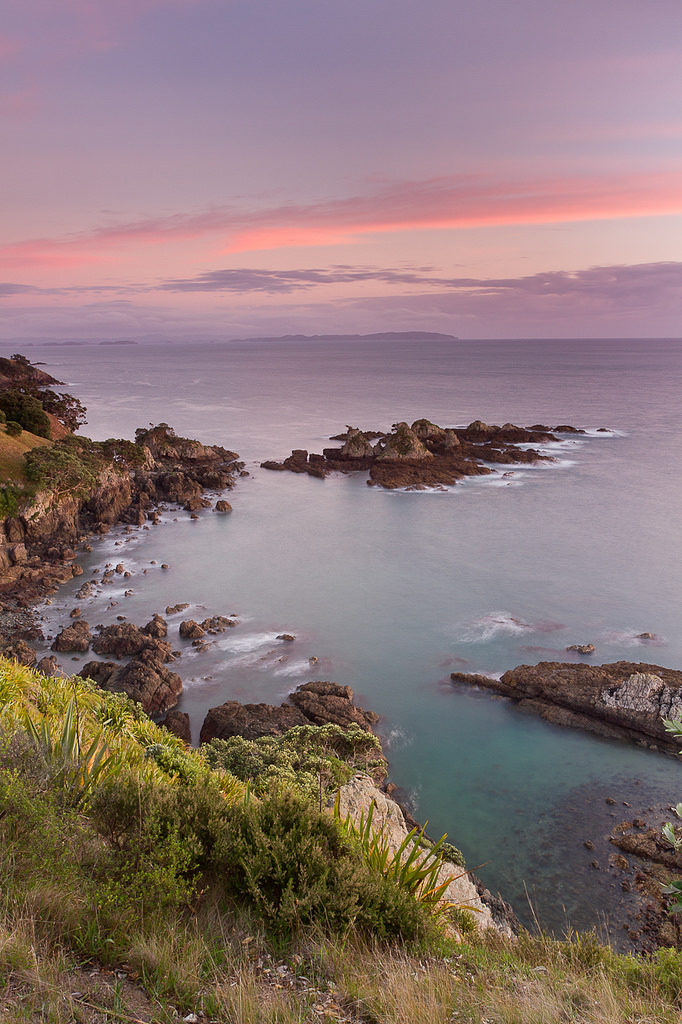 Photo by Brendon & Keryn
Photo by Brendon & Keryn
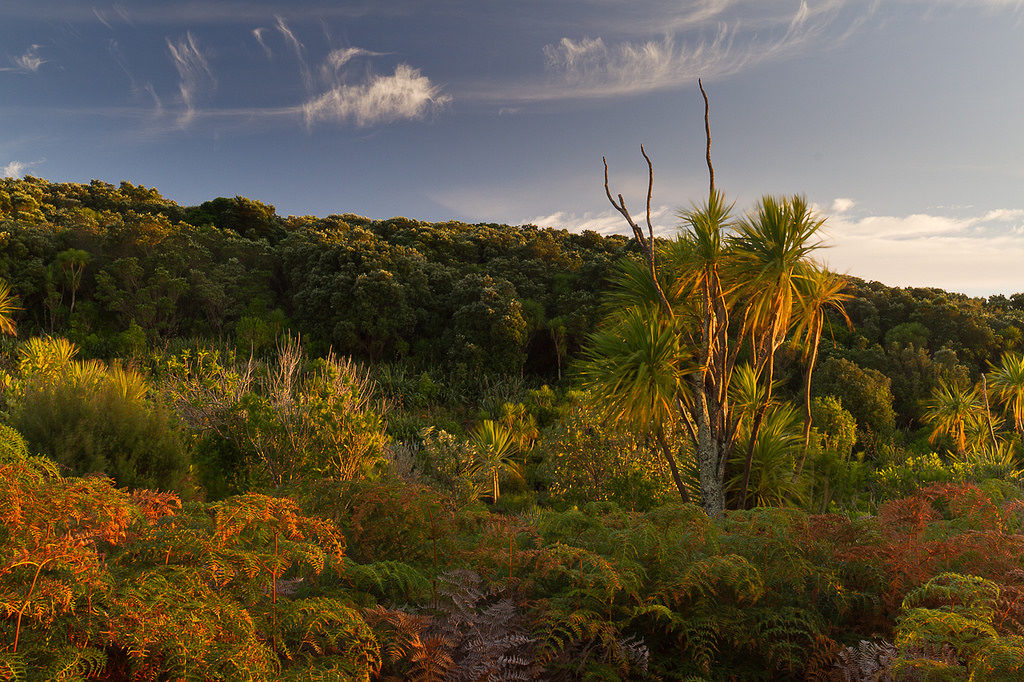 Photo by Brendon & Keryn
Photo by Brendon & Keryn
Heading back to the bunk-house I had breakfast and we were then off again to explore more of the island. Again there was a multitude of birds to be seen and we saw a couple more kokako, this time also getting to hear some calling. We spent time just listening to the calling, peering at the surrounding trees and waiting for a glimpse that often never came. But that was OK, we knew they were there.
 Photo by Brendon & Keryn
Photo by Brendon & Keryn
At the north end of the island we came across some staff from Auckland Zoo researching a mysterious feather disease effecting the local kakariki population. They had a number of mist nets set up and waited for birds to fly in to the nets where they could be analysed before being set free.
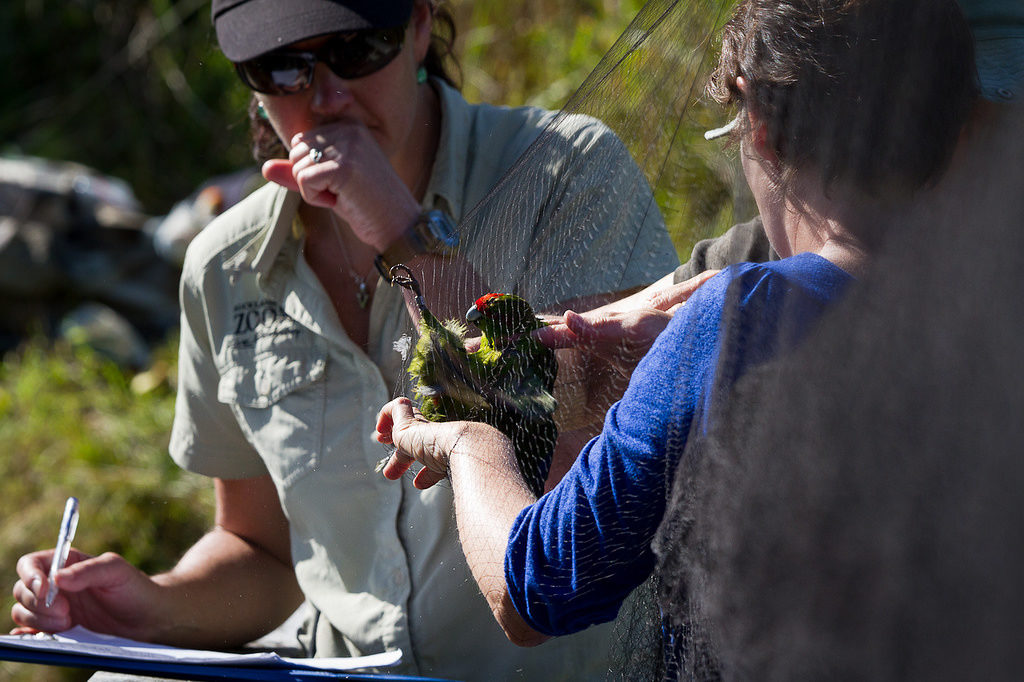 Photo by Brendon & Keryn
Photo by Brendon & Keryn
We snacked on a rocky beach where three shags were sunning themselves and then continued our walk. There was a takahe family walking over the low wiry scrub, the parents being followed around by their almost full sized offspring. The youngster was charcoal black, like it had been covered in soot.
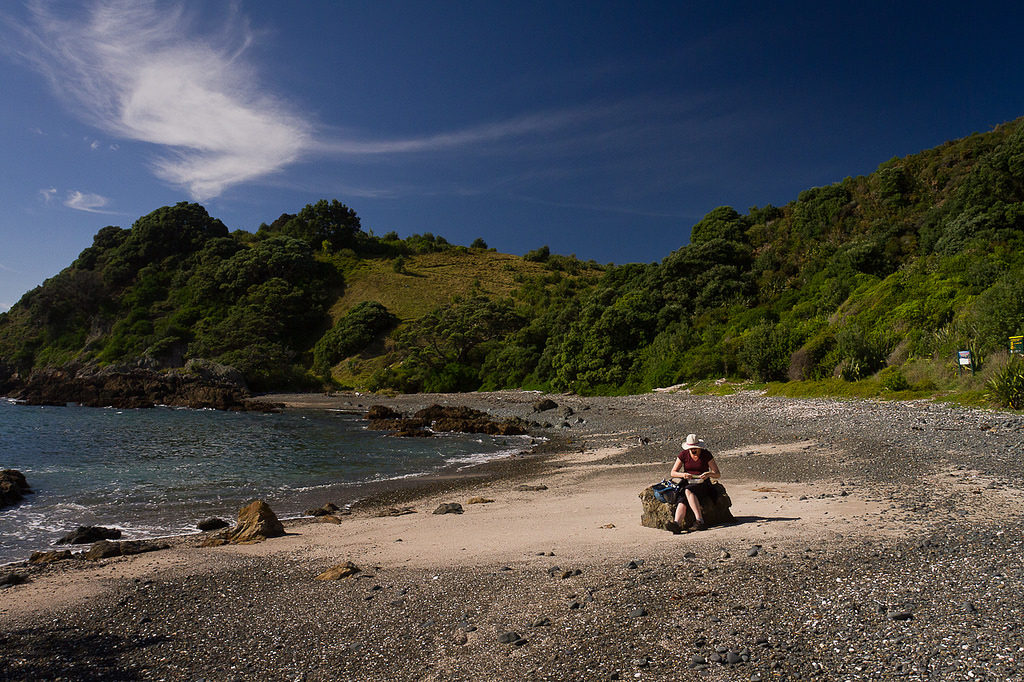 Photo by Brendon & Keryn
Photo by Brendon & Keryn
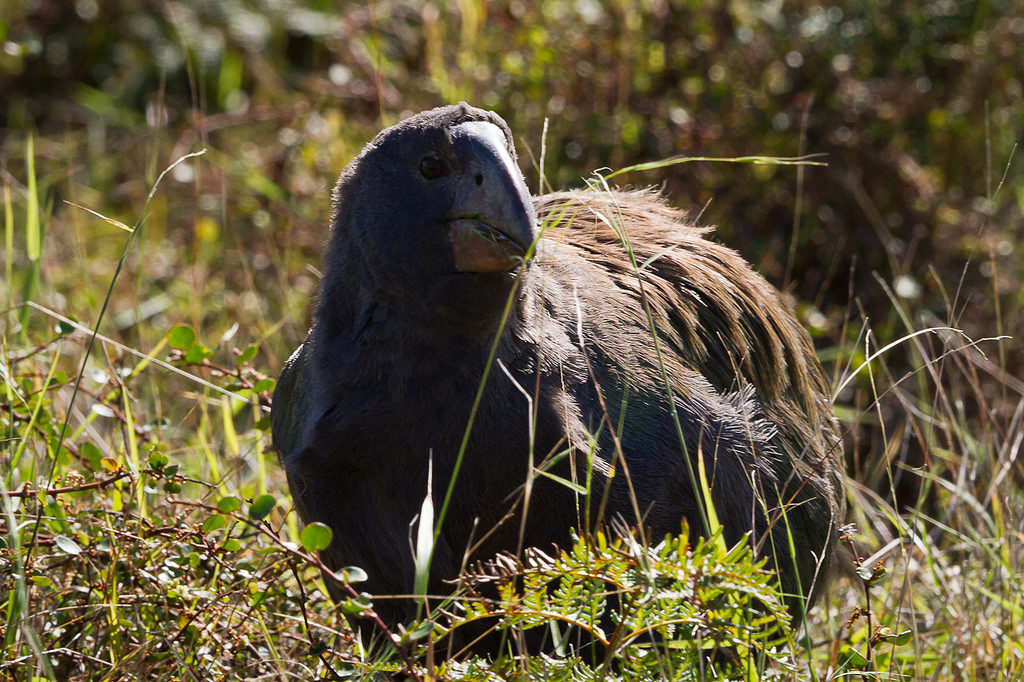 Photo by Brendon & Keryn
Photo by Brendon & Keryn
We were getting tired and headed back to the lighthouse to make sure our bags were going to be loaded up when the ute arrived. We relaxed having our lunch at the visitor centre while tuis arrived and departed in flocks at the feeder positioned outside. The cheeky takahe named Greg paid us a visit looking for food scraps either dropped on within grabbing distance and left disappointed. Our last walk took us back down the Wattle Track, past the water troughs and the feeding station and the dozens of birds. I think we’ll be coming back to this wonderful island and spending more time watching the wildlife. Maybe next time we’ll see something new like tuatara or a gecko or if we’re really lucky a titipounamu (rifleman).
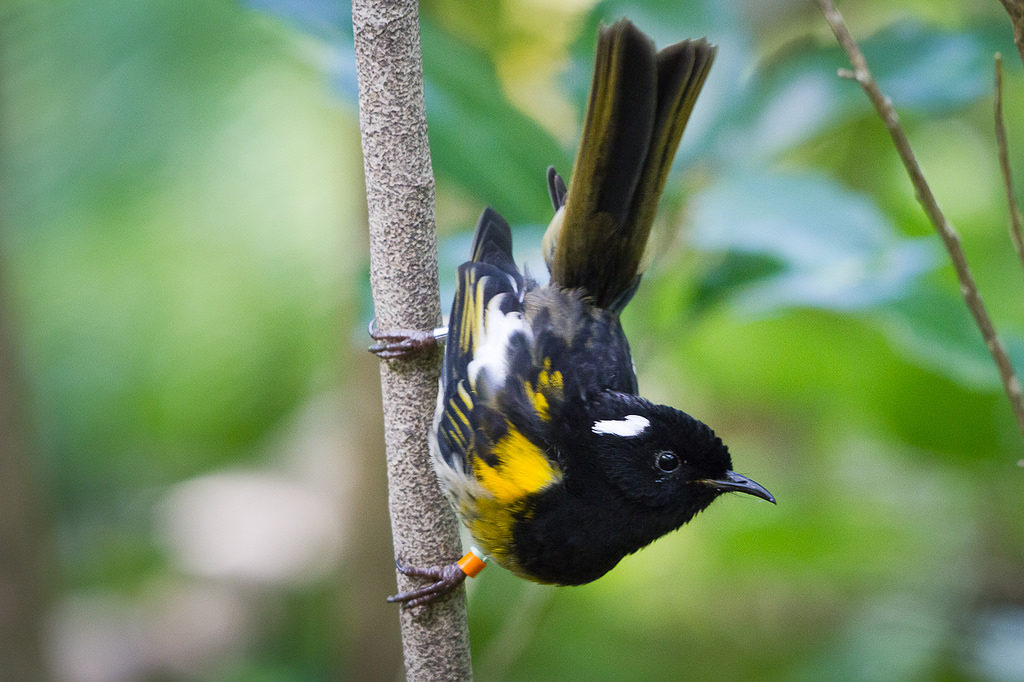 Photo by Brendon & Keryn
Photo by Brendon & Keryn
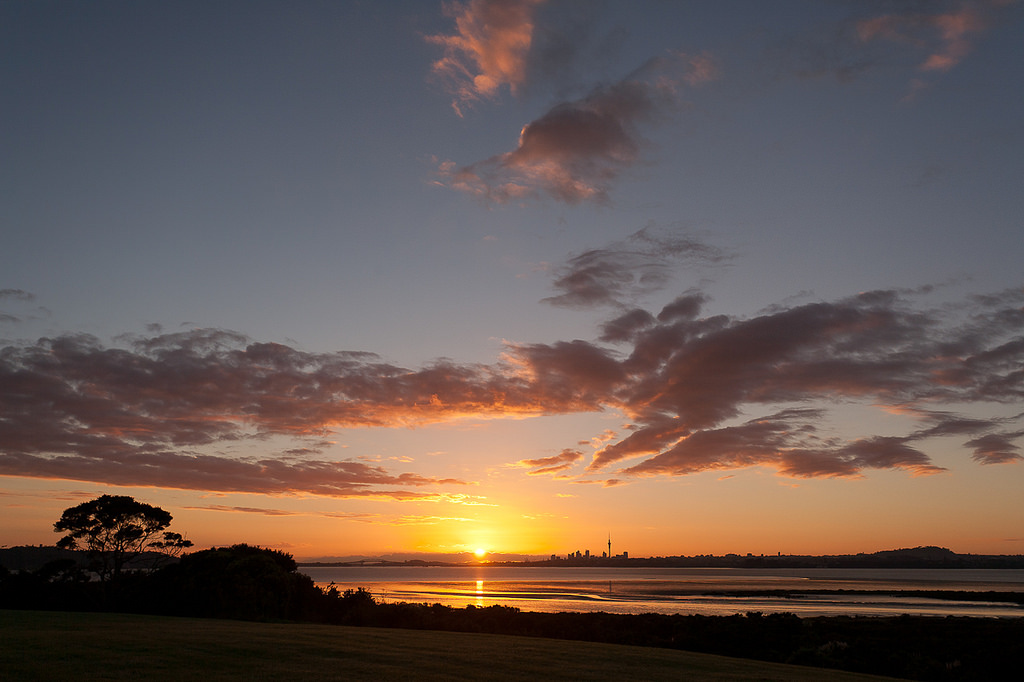
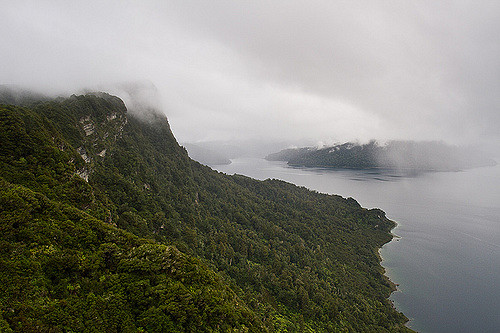
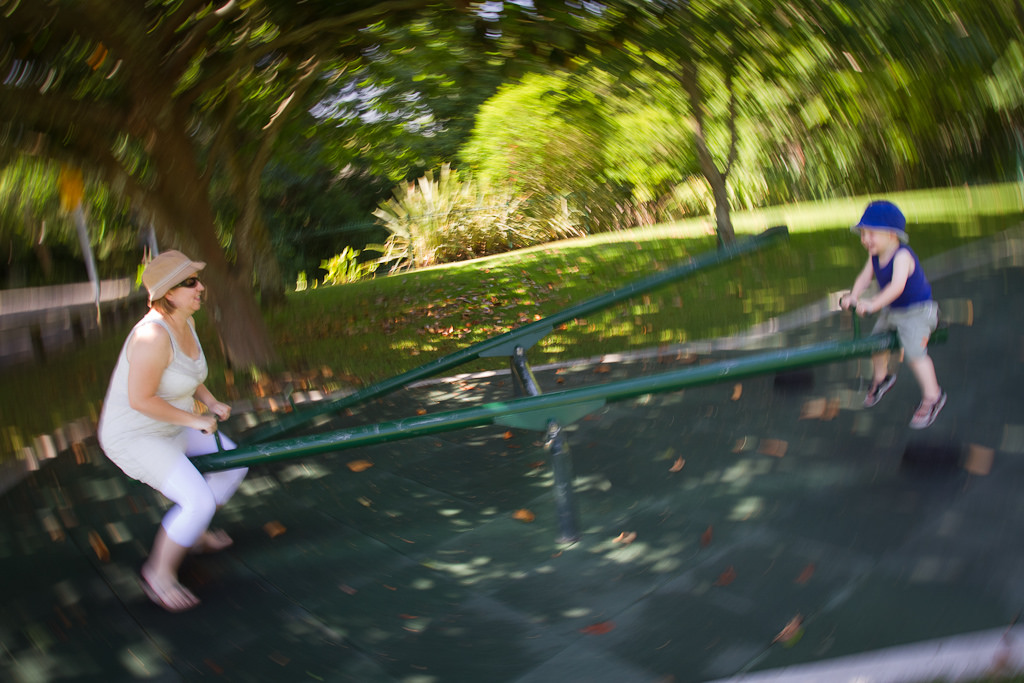
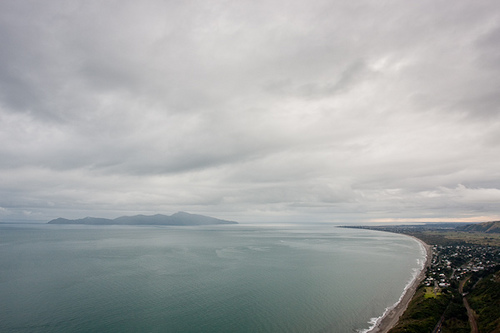
Those are beautiful photos Brendon. Some of the best I’ve seen. Congrats!
Hi Brendon
your photos are beautiful – would you be interested in entering any in our tiritiri photo competition (closes Tuesday) – they are then used to create a beautiful calendar which raises funds for the island – Louise Belcher does all the artwork, she also creates the Craig potton calendars. My email address is manager@tiritirimatangi.org.nz
cheers
mary-Ann